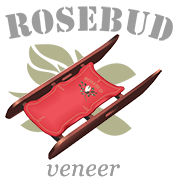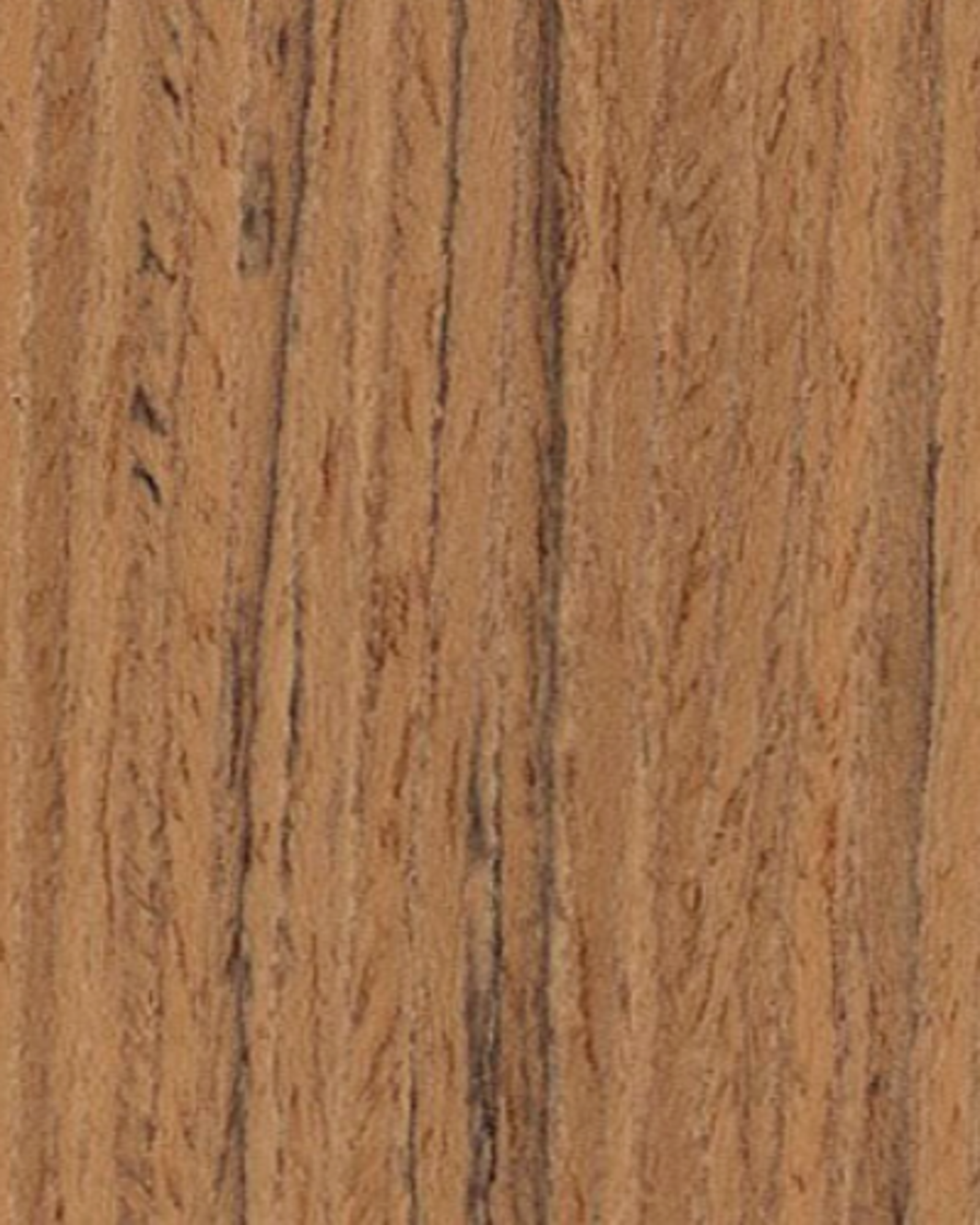Latin Name: Tectona grandis
Common Name(s): Teak, Burmese Teak
Sources: Native to southern Asia
|
Characteristics
|
Heartwood tends to be a golden or medium brown, with color darkening with age. |
|
Grain/ Texture
|
Grain is straight, though it can occasionally be wavy or interlocked. Coarse, uneven texture and moderate to low natural luster. Raw, unfinished wood surfaces have a slightly oily or greasy feel due to natural oils. |
|
Workability
|
Easy to work in nearly all regards, with the only caveat being that Teak contains a high level of silica (up to 1.4%) which has a pronounced blunting effect on cutting edges. Despite its natural oils, Teak usually glues and finishes well, though in some instances it may be necessary to wipe the surface of the wood with a solvent prior to gluing/finishing to reduce the natural oils on the surface of the wood. |
|
Uses
|
Ship and boatbuilding, veneer, furniture, exterior construction, carving, turnings, and other small wood objects. |
|
Availability
|
Despite its widespread cultivation on plantations worldwide, Teak is very expensive. It is perhaps one of the most expensive lumbers on the market, at least for large-sized, non-figured wood. Other woods are more expensive, but are typically only available in small pieces, (i.e., Gaboon Ebony or Snakewood), or they are valued solely for the figure of their grain (i.e., burl woods, Pommele Sapele, or Waterfall Bubinga). |

